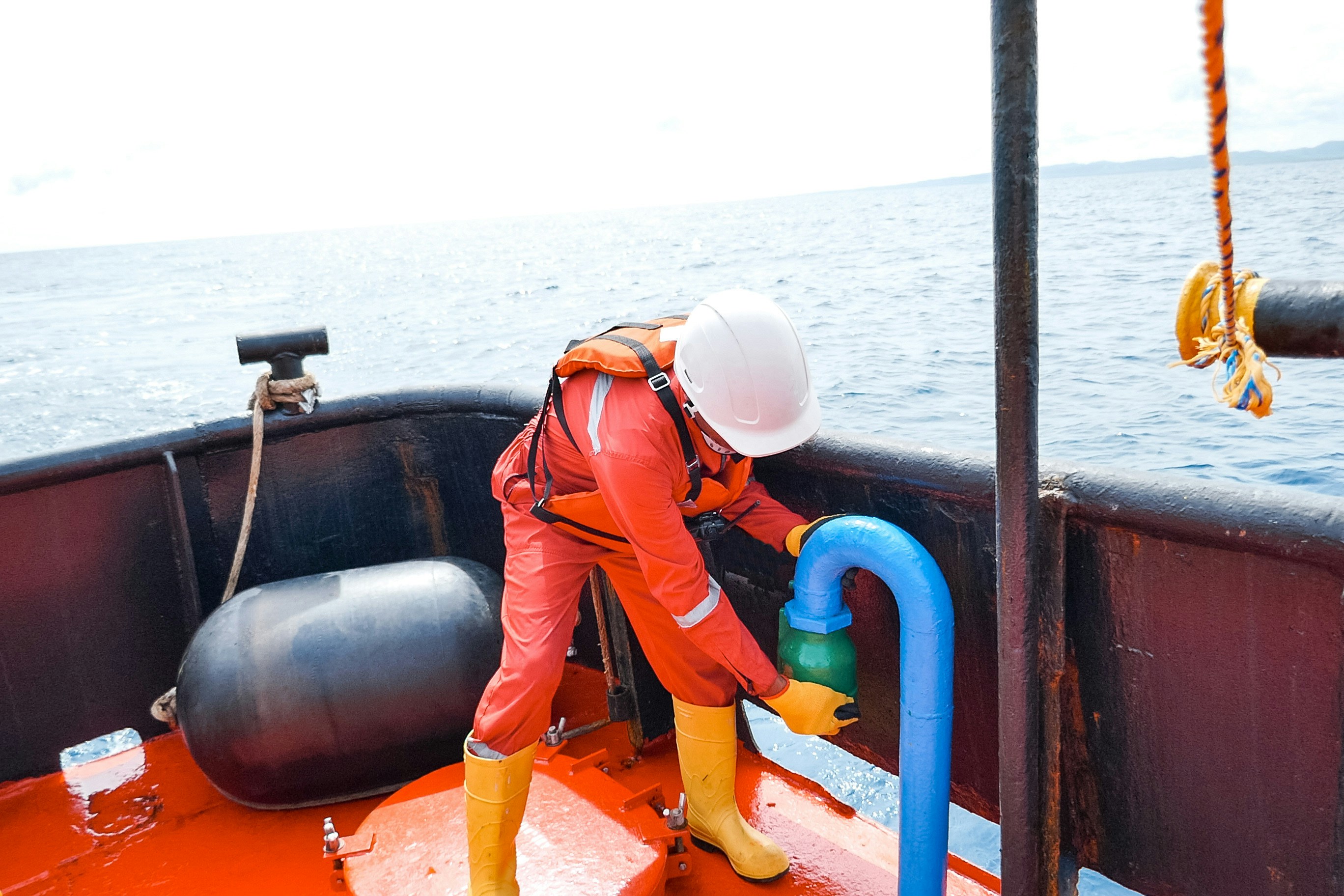Your Ultimate Guide to Hiring Permanent Onshore Positions
28 Sept, 202210 minutes
When it comes to recruiting for permanent onshore roles in the offshore industry, it can be a little confusing.
After all, you’re so used to sourcing talent for international positions that it can be challenging to adhere to a completely different hiring culture.
Thankfully, though, you just have to remember one key piece of advice… much like for offshore roles, your candidates could be just about anywhere.
Even though it might be tempting, you don’t have to restrict your potential by only trying to reach talent in the area local to your base.
If you’re willing to provide visa support and guide prime candidates through their onboarding process, you can continue to tap into the international market. Doesn’t that sound ideal?
How to attract talent for permanent onshore positions
Ultimately, to give yourself the best chance of success in filling demanding roles (that might require an international move), you need to use all the tools available to you.
The most creative, innovative, and talented teams would be both diverse and inclusive; incorporating brilliant minds from all walks of life.
Step 1. Continuously develop your employer brand
Despite its global size, the offshore industry has a relatively tight-knit candidate community.
So, if you employ contract and temporary workers, you can presume they’ll know (and be speaking to) prime talent from past jobs.
This gives you access to qualified workers who are used to living away from home, have experience in your field, and might be looking for a new job opportunity.
Be sure to take advantage of this by always looking for opportunities to invest in your employer brand. Above all, listen to your workers, conduct regular pay reviews to reduce resignations, and build a strong workplace culture.
Step 2. Research average candidate benefits and salaries
In our candidate-driven market, talent can afford to turn down job offers that don’t suit their needs. There’s such a large range of unfilled positions (some that might be local to them), so it makes sense for them to be incredibly selective.
Therefore, to attract talent, you need to be listening to the voices of your industry and accommodating any requests. Use pay review platforms to look at average candidate salaries, making sure your offer beats the opportunities they might find near home.
- Glassdoor
- Hays
- Payscale
- Reed
- Indeed
It’s also important to remember that many offshore sectors are forecasting growth right now. Soon, everyone will be competing for talent from similar pools. As such, you need to identify any unique benefits you can use to encourage candidate interest and convince them that working for you is worth the “leap of faith”.
Step 3. Use data to predict market changes and trends
One of the best ways you can remain competitive with your recruitment efforts (and successfully attract candidates for permanent onshore roles) is to always stay on top of the ongoing transformations of your market.
Start tracking key growth and investment data within your sector in order to predict when your firm might need an influx of talent to meet increasing demand. Then, aim to post job advertisements before your competitors do - allowing you to monopolise the attention of any available candidates.
Mini case study: The offshore wind energy market
For example, in the wind energy sector, the development of floating offshore wind farms will be funnelling unprecedented levels of attention and funds into the industry over the next few months. Recent reports by experts like Mordor Intelligence are estimating a minimum CAGR of 12.5% until 2027, suggesting that organisations in the sector should begin extensive recruitment efforts as soon as possible. This way, they can secure experienced talent for their onshore and offshore roles.
Step 4. Be clear and transparent with your job listings
Just a few years ago, employees were discouraged from speaking about their salaries. This is no longer the case. Around the world, transparency has been proven to have numerous benefits in both attracting and retaining talent.
The offshore industry is no exception (even for onshore roles).
Candidates who are looking for long-term placements are going to want to know exactly what remuneration they’ll receive in exchange for leaving behind everything they know.
As such, job advertisements that clearly outline the following tend to see much more success than those that don’t provide this critical information:
- Work expectations.
- Required qualifications.
- Benefits.
- Estimated salary ranges.
“In today's candidate-driven job market, finding legitimate ways to attract qualified candidates has become increasingly important.
Positioning your company as a great place to work or advertising some team-building activities and shiny offices might not be enough anymore.
Candidates are looking for concrete benefits - and knowing the salary they can expect to get for their work is one of them.” - Talent Lyft
Step 5. Incorporate technology into your recruitment processes
Conducting an international candidate search doesn’t mean you have to splash your job advertisement in as many places as possible and simply hope it’ll be successful.
With the aid of a variety of software and technology, you can still create a targeted approach to attracting and hiring ideal candidates for your onshore role - just on a much wider scale.
Social recruitment
Where possible, use platforms like LinkedIn on a regular basis to continuously build an audience of candidates who may, in the future, consider working with you.
Paid advertisements (PPC)
Boost your job listing using paid advertisements to tap into an international audience. If you have a project taking place in Germany, for instance, but you’re based in the UK, PPC can target candidates in Europe.
Applicant Tracking Systems
Through ATS software, you can quickly and easily review the quality of the applications you are receiving to deliver the best candidate experiences possible.
Automated background checkers
Automated background checkers like XRef, Checkr, and GoodHire can ensure candidates are appropriately qualified for the roles you need to fill. This way, you can secure the safety of your team.
Video interviews
Finally, platforms like Zoom can allow you to communicate with your applicants and ensure you are both on equal footing, setting clear expectations for the future.
Step 6. Work with Select Offshore
Select Offshore delivers maritime professionals who are reliable, communicative, and enthusiastic.
We’re specialists in offshore recruitment and adhere to tricky deadlines to fuel project success through:
- Executive Search
- Contract Staffing
- RPO Solutions
Our team strongly believes in celebrating each of the individuals we work with, dedicating time to find them desirable offshore placements.
Is the next one with you? Contact us now.


